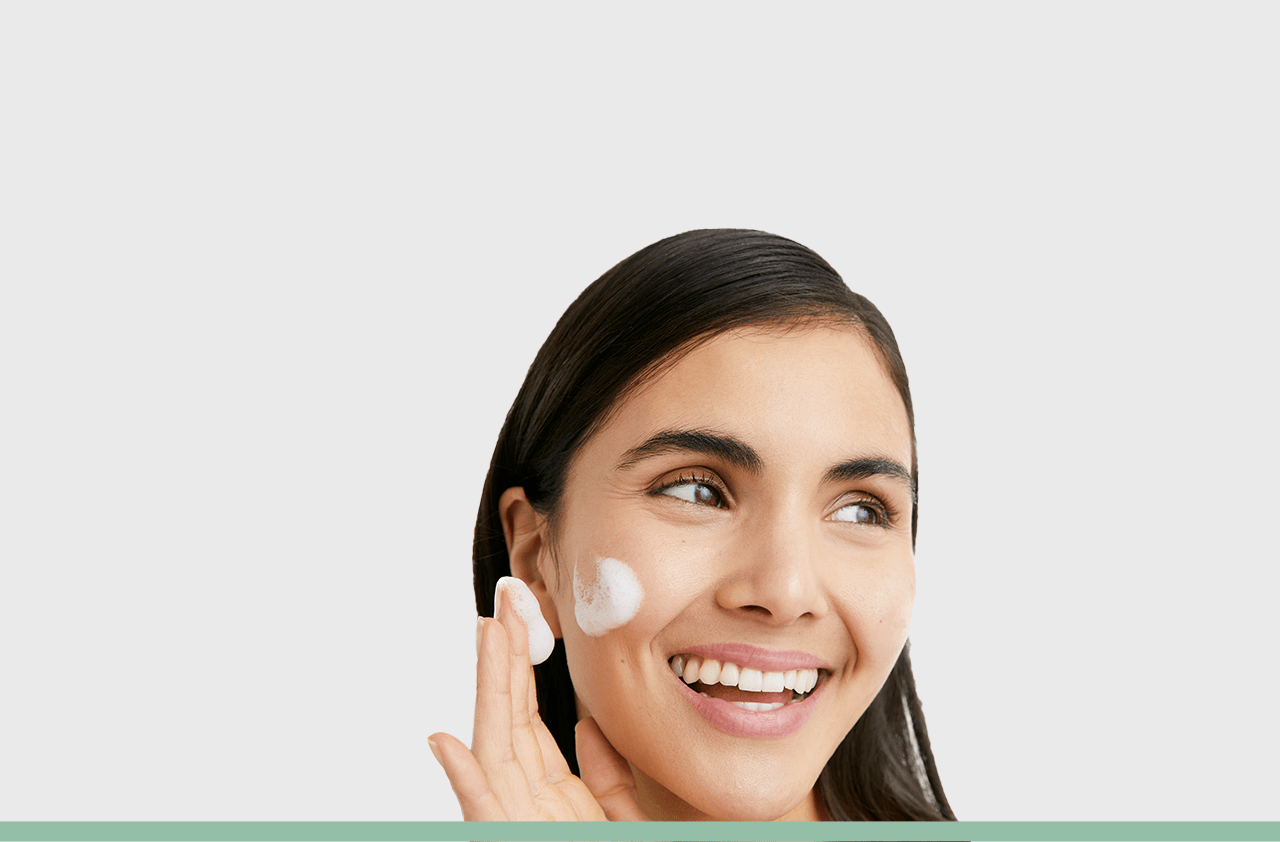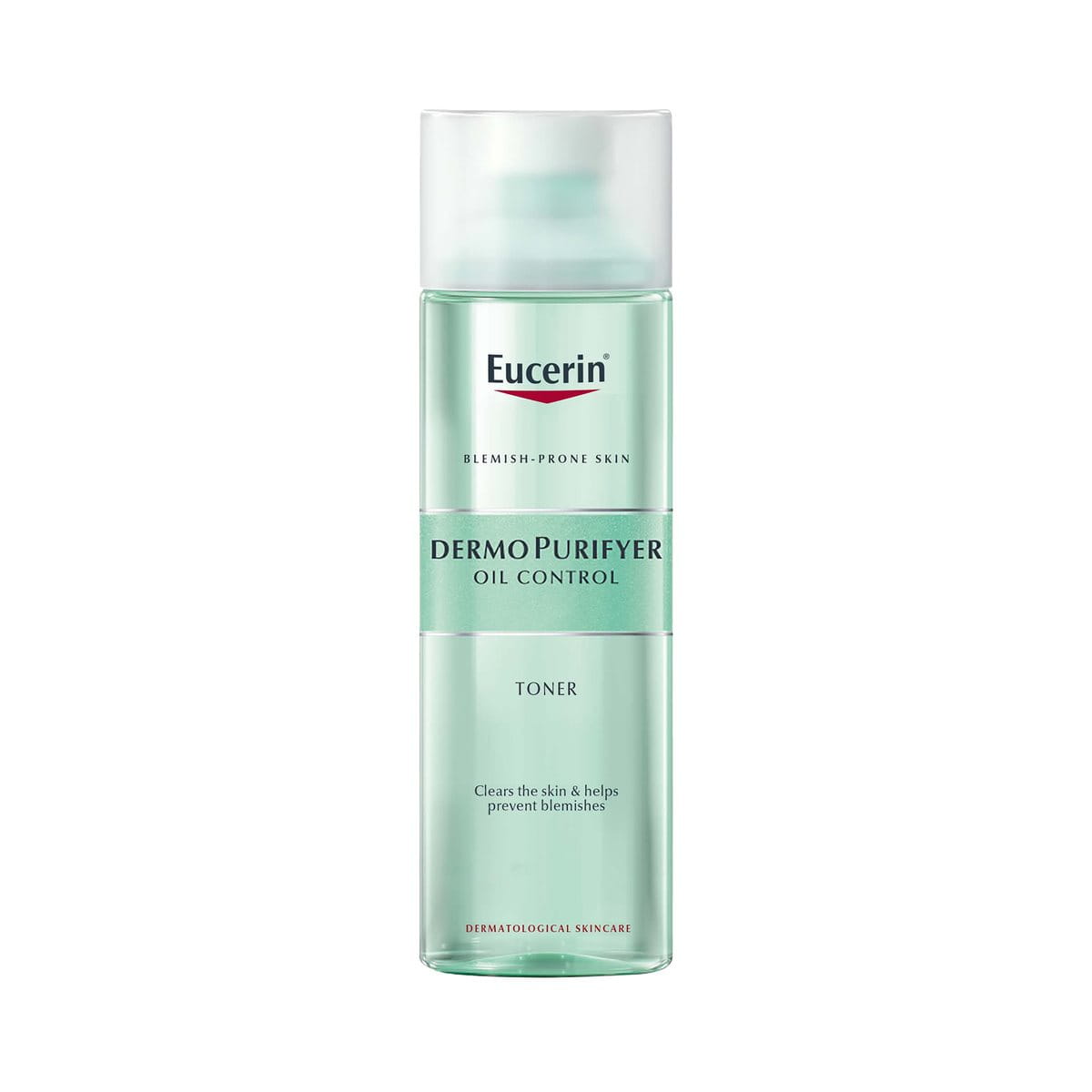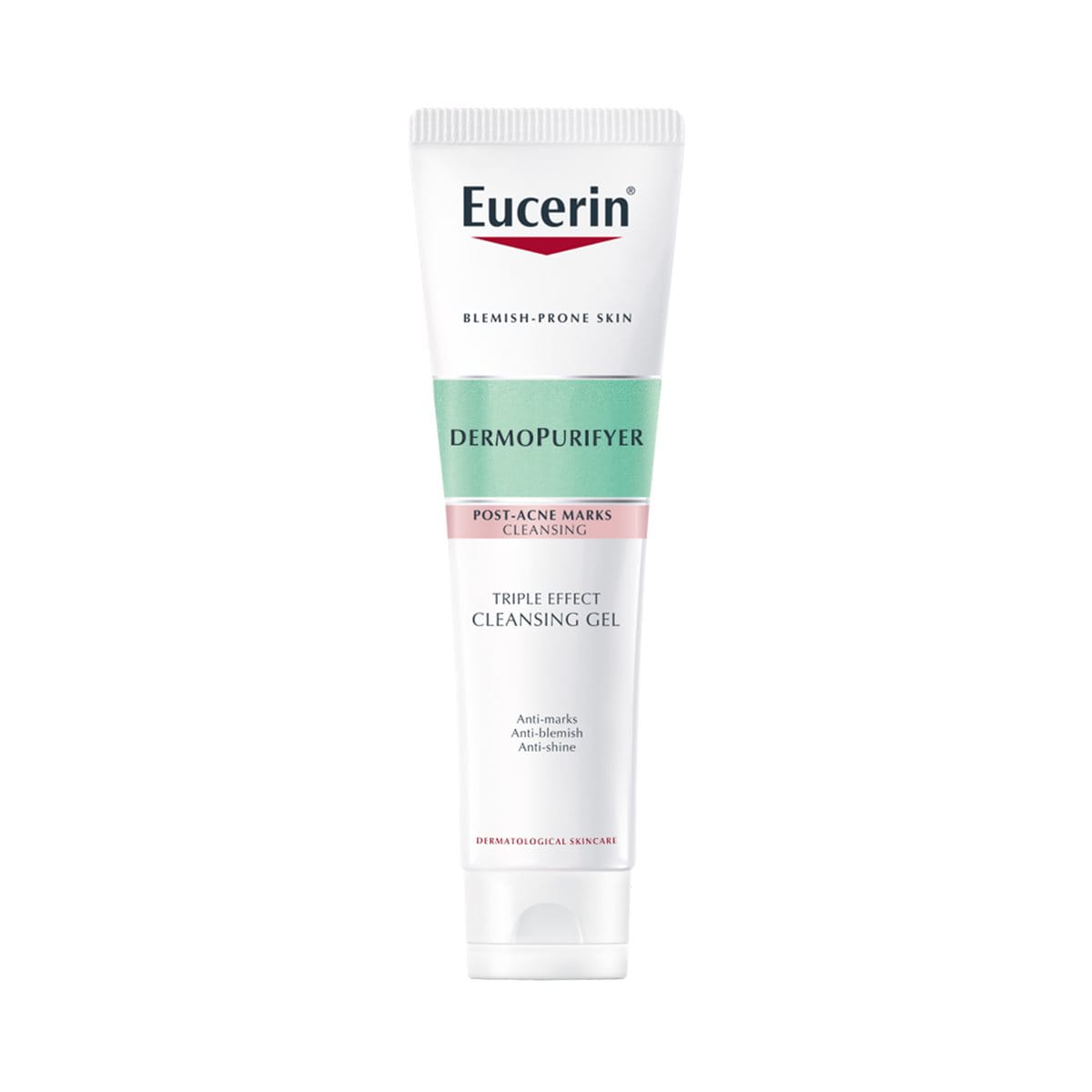-
Glycolic Acid (AHA)
Molecular Size: The GA molecules have one of the smallest molecular sizes and can penetrate deeply into your skin, affecting both the epidermal and dermal layers of your skin.
Glycolic Acid uses for skin:
- Exfoliation: GA helps exfoliate and remove dead skin cells, giving you a smoother complexion. Glycolic acid benefits for skin also help you reduce hyperpigmentation, sun damage, and reveal a brighter skin tone.
- Anti-aging: Glycolic acid can enhance collagen production, making your skin look firm and reducing fine lines.
- Hydration: Using GA also helps you hydrate your skin. As a humectant, it stimulates molecules that draw water into the skin and also increases the presence of hyaluronic acid, giving your skin structure and elasticity.
Who should use it?
Anyone with normal to oily skin can use GA for exfoliation, anti-pigmentation, and anti-aging benefits. It penetrates deep into your skin and can lead to irritation, especially for sensitive skin types.
-
Lactic Acid (AHA)
Molecular Size: Lactic acid is also an AHA with a slightly larger molecular size than glycolic acid. This allows it to penetrate the skin more slowly and makes it a gentler exfoliant, ideal for sensitive or dry skin.
Lactic Acid Uses for Skin:
- Exfoliation: Like glycolic acid, lactic acid also gently removes dead skin cells to reduce any uneven texture or dullness. It also helps you fade dark spots and uneven skin tone.
- Hydration: Being a gentler ingredient, lactic acid is also a natural humectant and draws moisture into the skin. This also helps you strengthen the skin barrier and improve hydration levels.
- Skin cell turnover: The AHA helps you increase cell turnover and stimulates collagen production, making your skin look plumper and reducing fine lines.
Who should use it?
Lactic acid is suitable for dry, sensitive, or aging skin. Its gentle exfoliation and hydrating properties make it a great choice if you find glycolic acid too strong.
-
Mandelic Acid (AHA)
Molecular Size: Mandelic acid has a larger molecular size than glycolic and lactic acid, which means it penetrates the skin more slowly, making it one of the most gentle AHAs.
Mandelic Acid Uses for Skin:
- Exfoliation: Like all AHAs, mandelic acid also helps you remove dead skin cells without causing any irritation. It’s especially effective if you have sensitive or acne-prone skin.
- Acne Treatment: Mandelic acid also has antibacterial properties. This can help you control acne, reduce breakouts, and unclog pores.
- Brightening: The AHA helps you fade dark spots, hyperpigmentation, and melasma marks, giving you a more even skin tone.
Who should use it?
Mandelic acid is best for sensitive, acne-prone, or hyperpigmented skin. Its slow absorption makes it less likely to irritate the skin.
-
Salicylic Acid (BHA)
Molecular Size: Salicylic acid(SA) is a BHA or beta hydroxy acid that helps you regulate excess sebum and dead skin cells. While SA has a slightly larger molecular size than glycolic acid, it is oil-soluble. This allows it to go deep into your pores to remove excess sebum and impurities.
Salicylic Acid Uses for Skin:
- Deep Cleansing: With oil-soluble properties, salicylic acid works inside the pores to dissolve oil, dirt, and dead skin, preventing breakouts and blackheads.
- Anti-inflammatory: Salicylic acid helps you tone down any inflammation and redness, making it an effective treatment for acne-prone and oily skin.
- Improves Texture: The exfoliant helps you slough off any dead skin cells, promoting smoother skin and a more even complexion.
Who should use it?
Salicylic acid is best for oily, combination, and acne-prone skin. Those with dry or sensitive skin should use it sparingly to prevent irritation.
-
Polyhydroxy Acids (PHA)
Molecular Size: PHAs like gluconolactone, lactobionic acid, and galactose have the largest molecular size among chemical exfoliants. This allows the PHAs to penetrate your skin gently while mainly working on the surface of your skin. They are ideal for sensitive skin types.
PHA Uses for Skin:
- Exfoliation: Like other exfoliants, PHAs also gently remove dead skin cells without irritating, making it ideal for sensitive skin.
- Hydration: As a humectant, these exfoliants help your skin retain moisture and improve its barrier function.
- Antioxidant Protection: PHAs also give you anti-inflammatory and antioxidant benefits, helping you protect the skin from environmental stressors.
Who should use it?
PHAs are great for sensitive, dry, or mature skin or those with conditions like rosacea who need mild exfoliation without irritation.
While different exfoliants cater to different skin types and concerns, glycolic acid helps you properly exfoliate your skin without irritating it. If you’re looking for anti-aging, anti-pigmentation, and hydration benefits all at once, GA is your answer.





